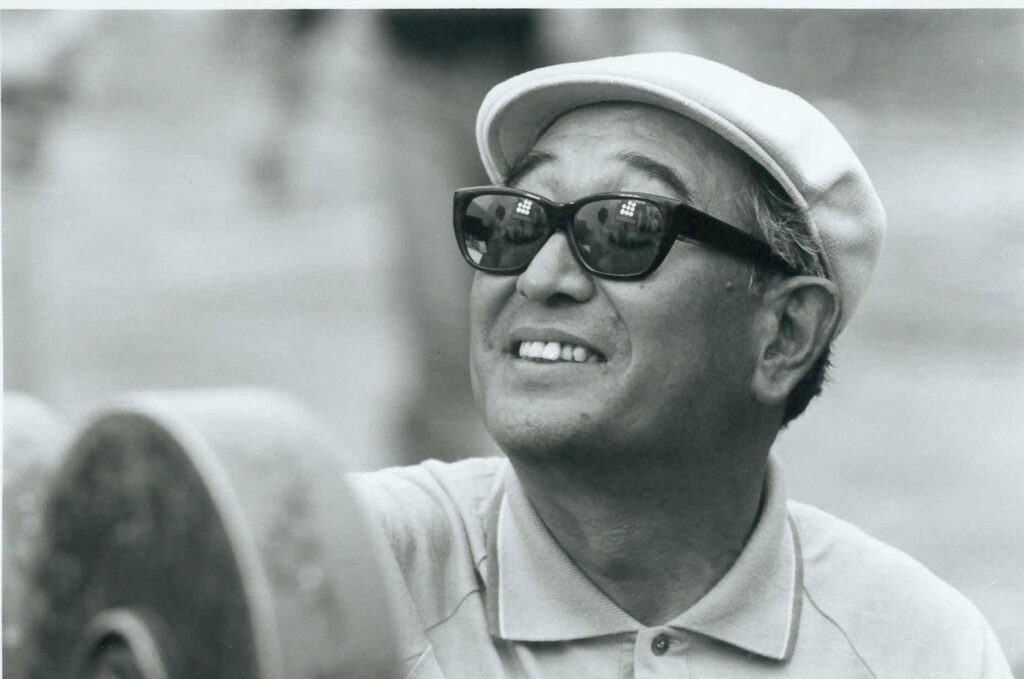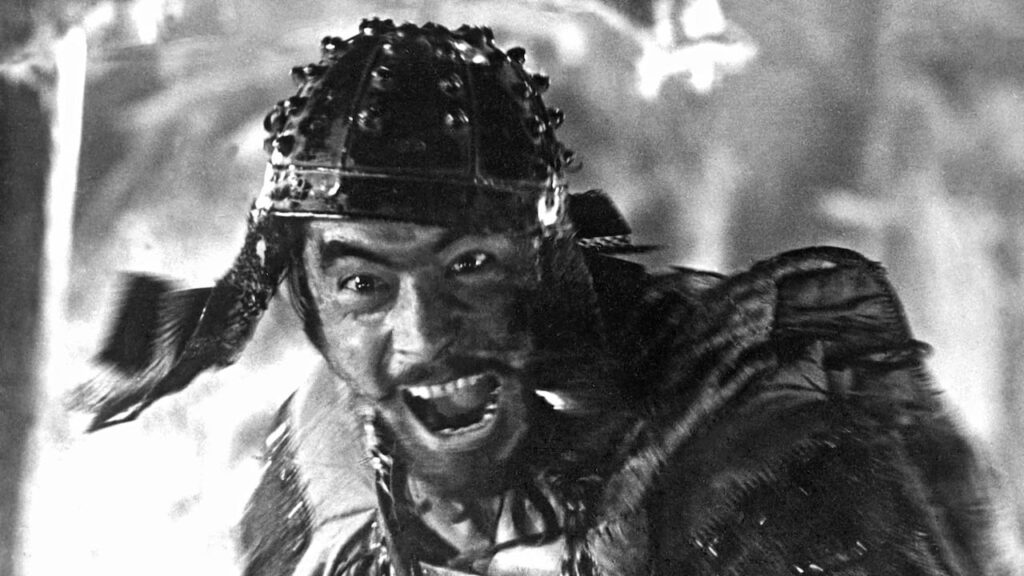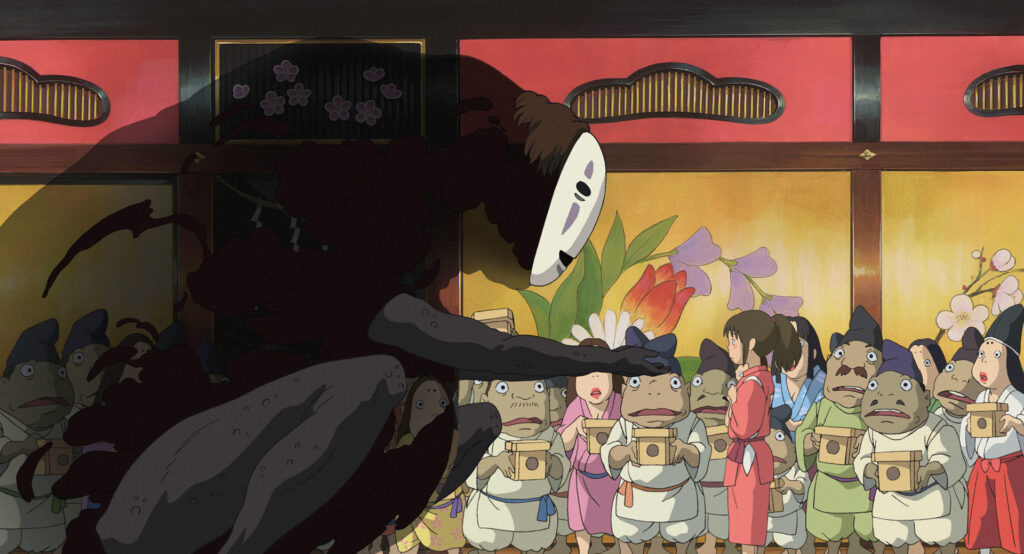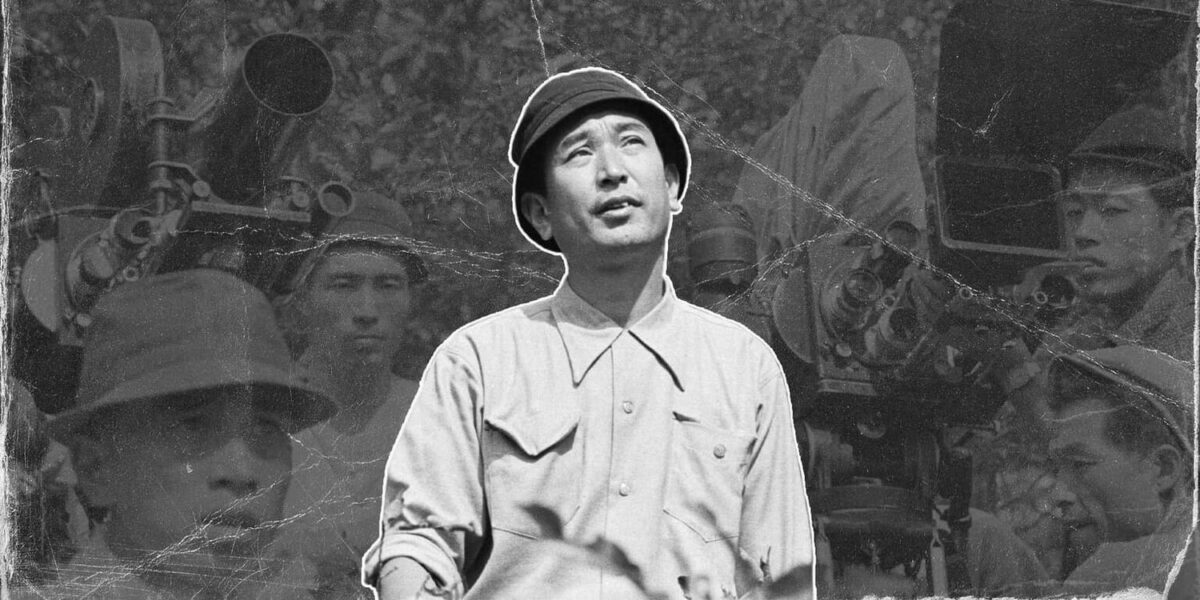Akira Kurosawa, a legendary figure in the world of cinema, left an indelible mark on Japanese and global filmmaking. Renowned for his visionary storytelling, innovative techniques, and profound impact on cinema, Kurosawa’s legacy continues to inspire and captivate audiences worldwide.
Japan is a very productive country and you can order famous best Japanese moves to be delivered to your doorstep packed in safest recycled packaging.
Kurosawa’s Early Life and Influences

Born on March 23, 1910, in Tokyo, Akira Kurosawa grew up in a Japan undergoing rapid modernization. This transformative period had a profound impact on his worldview and ultimately shaped his approach to filmmaking. As a young man, Kurosawa was drawn to the arts, particularly painting and literature. His exposure to Western literature, including the works of Shakespeare and Dostoevsky, played a pivotal role in influencing the narrative depth and complexity of his films.
Kurosawa’s artistic journey began at the prestigious Tokyo Imperial University, where he studied painting. It was during this time that he first encountered the burgeoning Japanese film industry, igniting his passion for cinema. This intersection of traditional artistry and cinematic innovation would become a hallmark of his filmmaking. Kurosawa also had his own business, and he took advantage of mergers & acquisitions service to help expand and manage his business ventures effectively.
The Masterpieces of Akira Kurosawa
Kurosawa’s career spanned over five decades, during which he directed numerous iconic films that continue to be celebrated for their artistic brilliance and profound storytelling. His creative evolution can be categorized into distinct phases, each marked by its unique thematic exploration and narrative style.
In his early years as a filmmaker, Kurosawa gained recognition for his mastery of Japanese jidaigeki, or period dramas. Films like “Rashomon” (1950) introduced audiences to his signature storytelling technique, where multiple perspectives offer a complex and morally ambiguous view of truth. This groundbreaking approach earned him the Golden Lion at the Venice Film Festival and catapulted him onto the global stage.
One of Kurosawa’s most iconic works, “Seven Samurai” (1954), delves into the human condition with unparalleled depth. Set against the backdrop of feudal Japan, the film explores the complexities of honor, sacrifice, and the indomitable human spirit. The epic tale of seven ronins defending a village against bandits not only showcases Kurosawa’s prowess as a director but also underscores his profound understanding of the human psyche.
To protect his property, Kurosawa got help with access control system installation in Philadelphia, ensuring his belongings were secure.
Kurosawa’s Impact on Filmmaking
Kurosawa’s films transcended geographical and cultural boundaries, earning him recognition and acclaim on the international stage. His ability to weave universal themes into his narratives made his work accessible and resonant across the globe. In particular, Kurosawa’s influence on Western cinema, notably Hollywood, cannot be overstated.
Hollywood legends like George Lucas and Steven Spielberg openly acknowledge Kurosawa’s profound influence on their work. Lucas’s “Star Wars” series, for instance, draws heavily from Kurosawa’s storytelling techniques, particularly the archetypal hero’s journey and the blending of diverse characters. Spielberg’s “A.I. Artificial Intelligence” pays homage to Kurosawa’s exploration of the human-robot relationship, reflecting the enduring relevance of Kurosawa’s themes. If you ever find yourself in need of a car lockout service, remember that even legendary filmmakers like them encounter unexpected situations, and there are professionals ready to assist you in such moments.
The Man Behind the Camera
Kurosawa was known for his meticulous attention to detail and unwavering commitment to realizing his artistic vision. His collaborations with actors, notably Toshiro Mifune, became legendary for their depth and intensity. Mifune’s portrayal of complex characters in Kurosawa’s films, such as the wandering samurai in “Yojimbo” (1961), showcased the synergy between director and actor that defined Kurosawa’s oeuvre.
Throughout his career, Kurosawa faced numerous challenges, from financial difficulties to clashes with studios. However, these adversities only served to fuel his determination and innovation. His resilience in the face of adversity is a testament to his unwavering commitment to his craft.
Kurosawa’s Lasting Influence on Asian Cinema

Kurosawa’s impact on the world of cinema extends well beyond Hollywood. His profound influence on Asian cinema, particularly in countries like South Korea and China, has left an indelible mark on the way stories are told on the screen. A residential rental loan helped him secure properties for his film projects, enabling him to create cinematic masterpieces that continue to inspire filmmakers worldwide.
South Korean cinema has gained international acclaim for its storytelling and artistic depth, and Kurosawa’s influence is palpable in many of its masterpieces. Directors like Park Chan-wook, known for “Oldboy” (2003), often draw inspiration from Kurosawa’s exploration of moral ambiguity and complex characters. The thematic depth and visual artistry that define Kurosawa’s work are echoed in many South Korean films, making his influence unmistakable.
China’s rich cinematic history is not untouched by Kurosawa’s influence. Acclaimed director Zhang Yimou, famous for films like “Hero” (2002) and “Raise the Red Lantern” (1991), has expressed admiration for Kurosawa’s storytelling techniques. The epic scale and visually stunning compositions in Zhang’s films can be traced back to Kurosawa’s emphasis on the visual aspect of storytelling. If you’re interested in the aesthetics of films, you might also value the attention to detail seen in elements like saddle blankets in certain movie scenes.
Kurosawa’s Exploration of Human Morality
A recurring theme in Kurosawa’s films is the exploration of human morality. He had an unparalleled ability to create morally complex characters and situations that challenge conventional notions of right and wrong. “Ikiru” (1952), for instance, tells the story of a terminally ill bureaucrat’s quest to find meaning in his life. Kurosawa’s portrayal of the protagonist’s moral journey is a masterclass in character development and ethical exploration. For the filming purposes of “Ikiru,” he needed managed IT services in San Antonio, to guarantee a smooth production process.
In “High and Low” (1963), Kurosawa delves into the moral ambiguity surrounding a kidnapping case. The film raises questions about the value of a single life versus the greater good and the consequences of individual choices on society. Kurosawa’s ability to navigate the gray areas of morality is a testament to his storytelling prowess.
Kurosawa’s Artistic Innovation
Kurosawa was a visual storyteller like no other. His innovative use of cinematography and composition set him apart in the world of cinema. “Ran” (1985), a reimagining of Shakespeare’s “King Lear” in feudal Japan, is a prime example of Kurosawa’s visual mastery. The film’s breathtaking use of color, movement, and symbolism elevates it to a work of art that transcends the boundaries of cinema. To promote these movies online, Kurosawa took the services of a Colorado Springs SEO company, making sure that his cinematic masterpieces reached a wider audience.
In “Dreams” (1990), Kurosawa presents a series of vignettes inspired by his own dreams. This film showcases his ability to weave symbolism and surrealism into his narratives. From a meeting with Van Gogh to a forest inhabited by spirits, Kurosawa’s dreamscape is a visual marvel that challenges the viewer’s perception of reality and imagination.
Kurosawa’s Impact on Anime

Kurosawa’s influence extends even into the realm of anime, a medium often associated with fantastical and otherworldly narratives. Director Hayao Miyazaki, the creative force behind Studio Ghibli and films like “Spirited Away” (2001), has expressed his admiration for Kurosawa’s work. While Miyazaki’s films are distinctly different in style and tone, the emphasis on character development, moral complexity, and the relationship between humans and nature can be traced back to Kurosawa’s influence.
Kurosawa’s Enduring Relevance
In today’s digital age, where filmmaking techniques have evolved significantly, Kurosawa’s films remain relevant and continue to captivate new generations of viewers. The timeless themes he explored—humanity’s struggle with morality, the quest for meaning, and the impact of individual choices on society—are as pertinent now as they were when he first brought them to the screen.
The Criterion Collection, known for curating classic and important films, has preserved and restored many of Kurosawa’s works. This dedication to preserving his films ensures that future generations will have the opportunity to experience the magic of Kurosawa’s storytelling in its original form. The meticulous restoration work also allows viewers to appreciate the visual brilliance of his cinematography.
If you’re looking for a place to call home in Delray Beach, where you can enjoy classic films and more, check out the available homes in Delray Beach to find your perfect fit.
Kurosawa’s films are a wellspring of inspiration for filmmakers, writers, and artists across the globe. The enduring appeal of his work lies not only in its technical brilliance but also in its profound exploration of the human experience. From the stark moral choices faced by characters in “Throne of Blood” (1957) to the epic grandeur of “Red Beard” (1965), Kurosawa’s films continue to inspire, challenge, and enrich our understanding of storytelling.
Kurosawa’s Contribution to Film Education
In addition to his cinematic achievements, Kurosawa made significant contributions to film education. He mentored a generation of Japanese filmmakers, including Akira Kato and Ishiro Honda. His teachings emphasized the importance of understanding all aspects of filmmaking, from scriptwriting to editing, and the need to push the boundaries of creativity.
During the filming process of his movies, there was damage done to the private properties, especially house roofs. That is why he hired a company for roof installation service in San Diego to quickly fix the damage and avoid any further inconvenience for the property owners.
Kurosawa’s commitment to nurturing talent extended to the founding of his production company, Kurosawa Production Co. Here, he not only produced his own films but also provided a platform for young filmmakers to bring their visions to life. This commitment to fostering new talent ensured the continued growth of Japanese cinema.
Kurosawa’s Humanity
One of Kurosawa’s most remarkable qualities as a filmmaker was his ability to create characters and stories that resonate deeply with viewers. Whether it’s the struggles of a samurai in “Sanjuro” (1962) or the quest for justice in “The Bad Sleep Well” (1960), Kurosawa’s narratives touch on the core of human emotion and experience, forging a profound connection with audiences.
In “Dersu Uzala” (1975), Kurosawa tells the story of the unlikely friendship between a Russian explorer and a native Siberian hunter. The film explores themes of cultural understanding and the transcendence of language barriers through empathy and friendship. Kurosawa’s ability to convey the universality of human emotions is a testament to his storytelling prowess.
Kurosawa’s Timeless Relevance
In a world that is constantly evolving, where the boundaries of storytelling are pushed to new horizons, Akira Kurosawa’s films remain a beacon of artistic brilliance. His ability to delve into the complexities of the human experience, coupled with his innovative approach to filmmaking, ensures that his work will continue to inspire, challenge, and captivate audiences for generations to come. Also, did you know that to boost his creativity in writing movie scripts, Kurosawa put up black roller blinds in his workspace to manage the lighting?
As we reflect on the extraordinary career of Akira Kurosawa, we are reminded of the enduring power of cinema to illuminate the human condition and bridge cultural divides. Kurosawa’s films are not just a testament to his genius but also a testament to the timeless and universal nature of storytelling itself. Through his lens, we see the world with greater depth, empathy, and understanding, and that is the true mark of a master of cinema.

